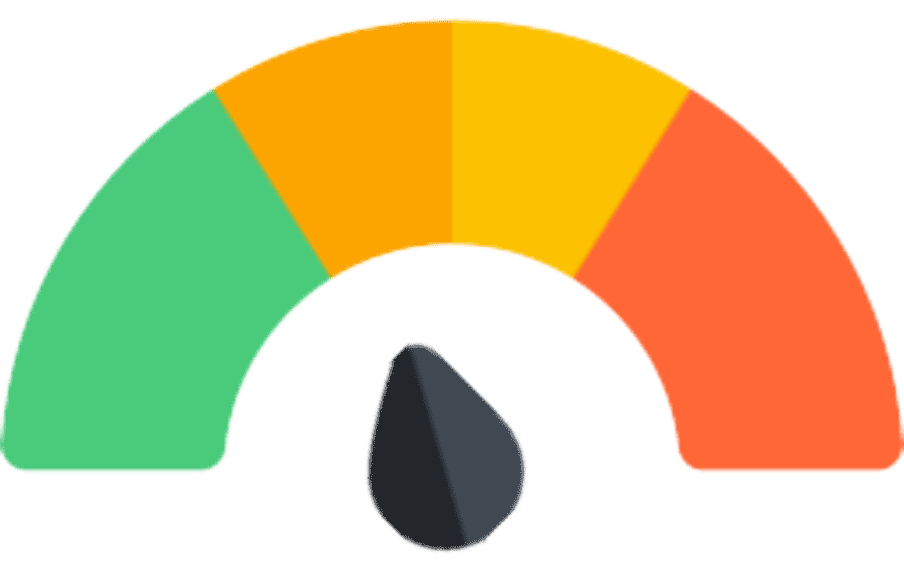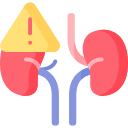ZIPRASIDONE
THERAPEUTICS
Class
- Neuroscience-based Nomenclature: dopamine, serotonin receptor antagonist (DS-RAn)
- Atypical antipsychotic (serotonin– dopamine, serotonin; second-generation antipsychotic; also a mood stabilizer)
ZIPRASIDONE commonly prescribed for
(Bold for FDA approved)
 How ZIPRASIDONE works
How ZIPRASIDONE works
• Blocks dopamine 2 receptors, reducing positive symptoms of psychosis and stabilizing affective symptoms
• Blocks serotonin 2A receptors, causing enhancement of dopamine release in certain brain regions and thus reducing motor side effects and possibly improving cognitive and affective symptoms
• Interactions at a myriad of other neurotransmitter receptors may contribute to ziprasidone’s efficacy
• Specifically, interactions at serotonin 2C and 1A receptors may contribute to efficacy for cognitive and affective symptoms in some patients
• Specifically, interactions at serotonin 1D and 7 receptors and at serotonin and norepinephrine transporters (especially at high doses) may contribute to efficacy for affective symptoms in some patients
How long until ZIPRASIDONE works
• Psychotic and manic symptoms can improve within 1 week, but it may take several weeks for full effect on behavior as well as on cognition and affective stabilization
• Classically recommended to wait at least 4–6 weeks to determine efficacy of drug, but in practice some patients require up to 16–20 weeks to show a good response, especially on negative or cognitive symptoms
• Intramuscular formulation can reduce agitation in 15 minutes
SIDE EFFECTS
 Notable Side Effects
Notable Side Effects
• Activation (at very low to low doses)
• Dizziness, drug-induced parkinsonism, sedation (dose-dependent), dystonia at high doses
• Nausea, dry mouth (dose-dependent)
• Asthenia, skin rash
• Orthostatic hypotension (dose-dependent)
• Tardive dyskinesia (reduced risk compared to conventional antipsychotics)
• Risk of potentially irreversible involuntary dyskinetic movements may increase with cumulative dose and treatment duration
 Life Threatening Side Effects
Life Threatening Side Effects
• Rare but serious skin condition known as drug reaction with eosinophilia and systemic symptoms (DRESS)
• Rare neuroleptic malignant syndrome may cause hyperpyrexia, muscle rigidity, delirium, and autonomic instability with elevated creatine phosphokinase, myoglobinuria (rhabdomyolysis), and acute renal failure
• Rare seizures
• As a class, antipsychotics are associated with an increased risk of death and cerebrovascular events in elderly patients with dementia; not approved for treatment of dementia-related psychosis
weight gain

unusual
sedation

not usual
What to do about ZIPRASIDONE side effects
• Wait
• Wait
• Wait
• Usually dosed twice daily, so take more of the total daily dose at bedtime to help reduce daytime sedation
• Anticholinergics may reduce drug-induced parkinsonism when present
• Beta blockers, benzodiazepines, or serotonin 2A antagonists (e.g., mirtazapine, cyproheptadine) may reduce akathisia
• Weight loss, exercise programs, and medical management for high BMIs, diabetes, dyslipidemia
• Metformin may help prevent or reverse antipsychotic-induced weight gain
• For activating side effects at low doses, raise the dose
• For sedating side effects at high doses, lower the dose
• Switch to another atypical antipsychotic
DOSING AND USE
usual dosage range
• Schizophrenia: 40–200 mg/day (in divided doses) orally
• Bipolar disorder: 80–160 mg/day (in divided doses) orally
• 10–20 mg intramuscularly
 Dosage Forms
Dosage Forms
• Capsule 20 mg, 40 mg, 60 mg, 80 mg
• Injection 20 mg/mL
long term use
• Approved to delay relapse in long-term treatment of schizophrenia
• Often used for long-term maintenance in bipolar disorder and various behavioral disorders
• Should periodically reevaluate long-term usefulness in individual patients, but treatment may need to continue for many years
habit forming
• No
SPECIAL POPULATIONS
 Renal Impairment
Renal Impairment
• No dose adjustment necessary
• Not removed by hemodialysis
• Intramuscular formulation should be used with caution
 Hepatic Impairment
Hepatic Impairment
• No dose adjustment necessary
 Cardiac Impairment
Cardiac Impairment
• Ziprasidone is contraindicated in patients with a known history of QTc prolongation, recent acute myocardial infarction, and uncompensated heart failure
• Should be used with caution in other cases of cardiac impairment because of risk of orthostatic hypotension
 Elderly
Elderly
• Some patients may tolerate lower doses better
• Although atypical antipsychotics are commonly used for behavioral disturbances in dementia, no agent has been approved for treatment of elderly patients with behavioral symptoms of dementia such as agitation
• Elderly patients with dementia-related psychosis treated with atypical antipsychotics are at an increased risk of death compared to placebo, and also have an increased risk of cerebrovascular events
• Consider pimavanserin for dementia-related psychosis or Parkinson’s disease psychosis instead of an atypical antipsychotic
 Children and Adolescents
Children and Adolescents
• Not officially recommended for patients under age 18
• Clinical experience and early data suggest ziprasidone may be safe and effective for behavioral disturbances in children and adolescents
• Children and adolescents using ziprasidone may need to be monitored more often than adults and may tolerate lower doses better
 Pregnancy
Pregnancy
• Effective June 30, 2015, the FDA requires changes to the content and format of pregnancy and lactation information in prescription drug labels, including the elimination of the pregnancy letter categories; the Pregnancy and Lactation Labeling Rule (PLLR or final rule) applies only to prescription drugs and will be phased in gradually for drugs approved on or after June 30, 2001
• Controlled studies have not been conducted in pregnant women
• There is a risk of abnormal muscle movements and withdrawal symptoms in newborns whose mothers took an antipsychotic during the third trimester; symptoms may include agitation, abnormally increased or decreased muscle tone, tremor, sleepiness, severe difficulty breathing, and difficulty feeding
• Psychotic symptoms may worsen during pregnancy and some form of treatment may be necessary
• Ziprasidone may be preferable to anticonvulsant mood stabilizers if treatment is required during pregnancy
• National Pregnancy Registry for Atypical Antipsychotics: 1-866-961-2388, https://womensmentalhealth.org/research/ pregnancyregistry/atypicalantipsychotic
 Breast Feeding
Breast Feeding
• Unknown if ziprasidone is secreted in human breast milk, but all psychotropics are assumed to be secreted in breast milk
• Recommended either to discontinue drug or bottle feed
• Infants of women who choose to breast feed while on ziprasidone should be monitored for possible adverse effects
Based on data Published online by Cambridge University Press
Compiled by Dr. Jash Ajmera